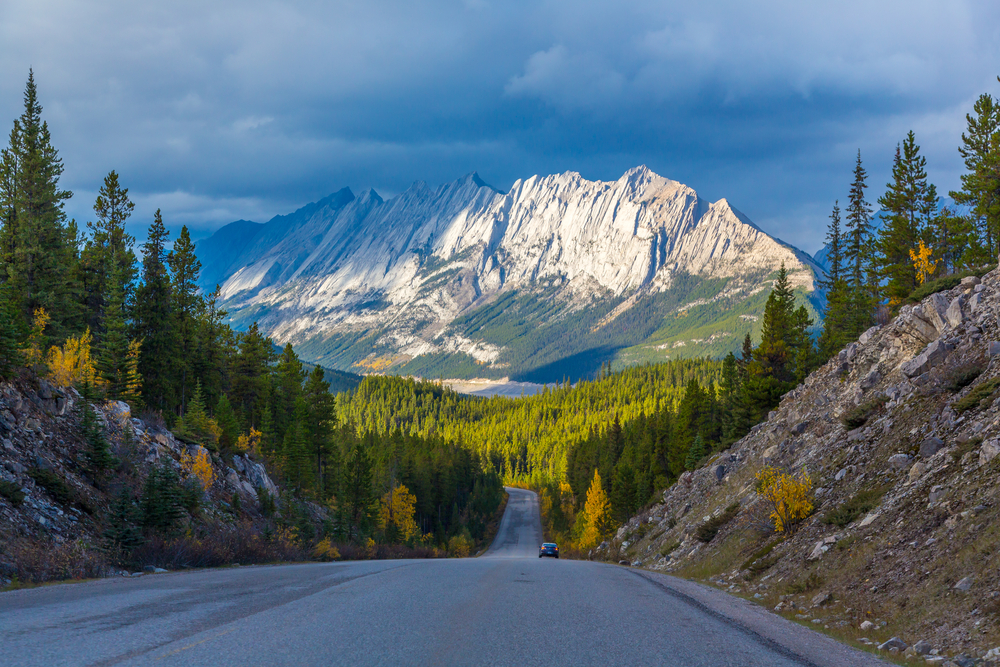Popular
Jasper National Park, celebrated for its stunning landscapes and rich biodiversity, is home to an array of wildlife species that thrive in its forests, mountains, and waterways, contributing to the park’s status as a premier destination for nature lovers seeking to connect with the natural world.
Elk – Majestic Elk are a common sight in Jasper, often seen grazing in meadows or crossing roads, their bugling calls echoing during the rut season.
Caribou – The endangered Caribou, woodland wanderers, roam Jasper’s higher altitudes, their presence critical to the ecosystem and a conservation priority within the park.
Bighorn Sheep – Sure-footed Bighorn Sheep grace the park’s rocky outcrops, their impressive curved horns a sight to behold, especially during mating displays.
Mountain Goat – Adapted to life on steep cliffs, Mountain Goats with their white coats and calm demeanor, navigate Jasper’s most rugged terrains with ease.
Beaver – As ecosystem engineers, Beavers play a crucial role in shaping Jasper’s aquatic habitats, their dams creating wetlands that support diverse plant and animal life.
Moose – Solitary Moose can be found near Jasper’s waterways, browsing on aquatic vegetation, their tall stature and long faces making them unmistakable.
Hoary Marmot – Nicknamed the “whistle pig,” the Hoary Marmot is known for its loud alarm calls, a common resident of the park’s alpine areas.
American Pika – The tiny, energetic American Pika, a relative of rabbits and hares, is often heard calling among the rocks in Jasper’s high country.
White-tailed Deer – White-tailed Deer are frequently spotted at lower elevations in Jasper, their graceful movements and namesake tails visible as they flee from threats.
Snowshoe Hare – In winter, Snowshoe Hares‘ white coats camouflage them against the snow, a vital prey species for many of Jasper’s predators.
Jasper National Park’s diverse wildlife, from the elusive Caribou to the industrious Beaver, showcases the incredible variety of life that flourishes in this spectacular Canadian wilderness, inviting visitors to explore and appreciate the intricate web of natural relationships that define the park.












































































































